Last updated on August 15th, 2024 at 12:16 pm
This post is going to focus on a couple of methodologies and thought process on how to “Take It To The Next Level As A TPM”. We will focus on three types of methodologies to get promoted. I believe if you keep in mind these methods it will help you analyze where you stand and where you want to be. And also position yourself accordingly within your organization.
Most of the thoughts below can be used for other roles throughout any engineering organization but my focus here is going to be for TPMs. You can read about the other roles in tech organizations here.
See also – How To Become A Technical Program Manager (TPM)?
Before we dive deep into how you could get promoted. You need to understand that as you try to move up the chain of command, you need to understand a couple of things. One a TPM needs to do whatever it takes, no task is beneath you no task is too difficult. Here are a couple of other things I would recommend keeping in mind.
Things To Keep In Mind While Taking It To The Next Level As A TPM:-
- Get Help When Needed: Evaluate if you need help and get the help you require to be successful. If you are weak in an area that is required for the program to be successful get your colleagues to guide and mentor you. Use them to bounce ideas. Know your weak spots and learn to improve on them.
- Executive Sponsor: As you move to more complex and challenging programs you need to have an executive sponsor who can guide you and be of help when you need help. The executive sponsor also is a good reference when you want to get promoted. He/She is also a good benchmark of your skills as they have a view of a larger pool of people at a certain level you are targeting. You can use your sponsor’s feedback as a yardstick to measure you against individuals who are senior to you.
- Get Feedback: It’s important to understand what you are good at and what your weaknesses are. Act on the feedback you receive and more importantly report back to the person as you work through them and ask them if they see a difference. Don’t wait till the end of an engagement to get feedback, as it might be too late.
- Double Down On Your Strengths: Once you know what your strengths are double down on taking up programs that are in line with what your strengths are.
- Org Growth: Personal growth is often accelerated when the organization grows. It’s key to understand what phase of the product life cycle the product team or the organization is at. An org that is going through a growth spurt is likely to have more opportunities for you to grow.
- Stretch Goals: In most cases, you need to be performing well above your current level to be promoted. Talk to your manager to get these opportunities else create some for yourself 🙂
- Conversations With Your Manager: Though this is quite obvious, I think most people take this most important step lightly. Of all the things you can do the most obvious and important thing to do is to have frequent conversations with your manager and possibly his/her skip. And ask direct questions if they believe that you are ready or what more they need from you to move up.
- Peer-Evaluation: If you would like to move up a level another good yardstick is to talk and measure yourself against the people who are one level above you. Have frequent one on ones with TPMs who are a level above you to gauge what problems they are solving and the challenges they are facing.
- Alignment With The Organizational Vision/Goals: Whatever level you currently might be at, it is imperative to be aware of the overarching vision and goals that your organizational leaders have set and in tandem understand what value you are adding to that vision or goal of the overall organization.
If you would like to learn more about TPM – Here’s my blog on everything about technical program management.
Three Methodologies To Level Up As A TPM
Methodology 1: Scope and Impact
Scope and Impact are good yardsticks to measure oneself.
Scope: Think about scope form a feature standpoint do you own, do you own a sliver of a feature or the whole feature or do you own a set of (portfolio) features or the entire product? Think of this as a spectrum from smaller scope to a large scope.
Impact: Impact can be defined as the outcome of a particular program you own and more importantly how it ties into the KPIs for the org as a whole. In general larger impact does more often have a higher scope but this is not always true.
So always keep in mind the scope and its impact in mind. Work towards increasing your scope of ownership and in turn measuring the impact it would have on the organization. As discussed scope and impact are immaterial if you do not understand the organizational priorities and goals. I would go one level further to say that as organizational goals become distilled down understand what your org leaders have signed up for and how your programs align with their goals.
Methodology 2: By Ambiguity
Every organization, however, mature they might be, has problems they need to work on. The question is what is the sale of a problem could you possibly work on. And do you have the experience and aptitude to work on more ambiguous problems. As leaders in your organization see you have the ability to deal with more ambiguous problems you are ideally are given those opportunities.
The above chart shows you the various levels of TPMs and their Execution, Ambiguity and Risk Profiles. Though the chart above specifically talks about ambiguity, increased ambiguity by itself carries more risk and requires more thought leadership.
As you pick up new programs its critical to understand the type of programs you choose to work on and your comfort level in dealing with more ambiguous programs.
Methodology 3: Focus On How, What, Why
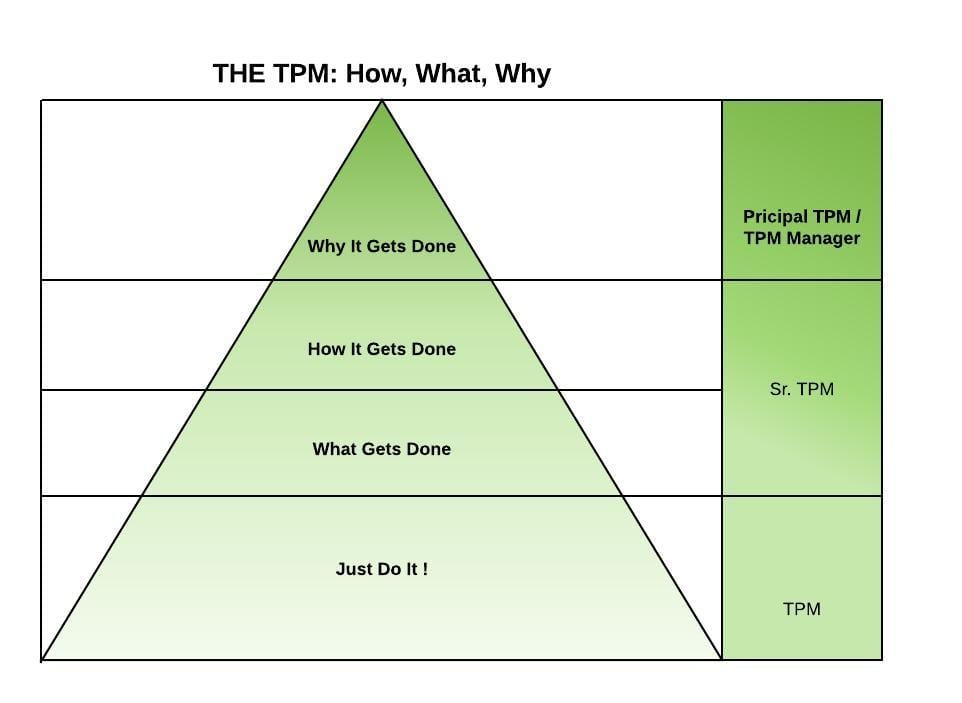
Think of this like Maslow’s Hierarchy of Needs. You start at the bottom where your sole goal is to get things done. As you gain the experience and the exposure you start deciding what gets done; after which you focus on how it gets done and finally why it gets done.
To Take It To The Next Level
As A TPM you as a TPM to evaluate where you are spending most of your time. Which horizontal slice do you generally spend most of your time on. You generally see managers or Principal TPMs with larger portfolios of problems focusing more on the upper parts of the pyramid as they generally have people on their team to go and execute on the problem itself once the solution has been identified.
Just Do It!: We all start somewhere and when a problem is given to you just like the previous methodology “There is a problem here do x and then do y” the goal is to solve the problem by going deep. Understanding the problem itself, coming up with a variety of possible solutions and picking the right solution and there on going to solve it.
What Gets Done: Imagine you have 10 problems across your organization where would you spend your time and you’re team’s time. What would be the best value for your time and effort ? As a TPM you would need to prioritize what gets done all the time for your team. When you are deciding on “what gets done” how do you prioritize among the 10 other problems you might have ? Here you could need to consider the amount of time you would spend on the problem and the impact of solving the problem.
How It Gets Done: This is about the solution to the problem. What you need to keep in mind is that you have a clear end goal and that the proposed solution is going to solve the problem at hand. Another thing to keep in mind is the scalability to your solution and how it would render when it is pushed to several more organizations or users ? Keeping an eye on the horizon of how future changes would also impact your solution is key.
Why it gets done: Why does one need to focus on problem X vs problem Y is key. When you how do you evaluate what is needed for the organization and its impact to the lager org and it’s sister teams.
Conclusion
There are a couple of additional things to consider.
Individual Contributor vs Manager: As you grow from TPM I to TPM II to Senior TPM you will eventually be presented with opportunities to move up as an individual contributor or as a manager. Both have their advantages and disadvantages.
Individual Contributor: Advantages
- As an individual contributor you have the advantages that you control your own destiny. In other words you have 100% ownership of the program you choose to manage.
- As an individual contributor, it’s always easier to move teams or move to different organizations.
- With the mobility you also get the advantages of choosing what you want to work on.
Individual Contributor: Disadvantages
- Opportunities to be an individual contributor at a Principal or a senior Principal are far and few in most organizations.
- At most places as you move up the expectation is to start managing a team of TPMs so that you have a portfolio of programs within the same focus area.
TPM Manager: Advantages
- Building teams is a challenging yet very satisfactory experience.
- Getting to own a large portfolio of programs in a problem area.
- You get a birds eye view of all programs and can focus more strategic thought leadership and solving problems one level up.
TPM Manager: Disadvantages
- Adding constructive value is a little harder as you need to focus more on strategy.
- Hiring and building and performance managing a team is a skill of its own. It’s not everyone’s cup of team to excel at this.
- Again If you look at job boards the number of opportunities for TPM managers are fewer.
Do You Want It ? Really Do You want it ?: The final question is if you really want to move up? And if you have really thought through it, I do come across quite a few people who inclined to move up without fully understanding the responsibility and the stress of moving up. As you move up expectations of what you are tasked with and the complexity of the problems go up.
At most times a Senior Principal / Principal / TPM manager is tasked with making the impossible happen on a constant basis. This does take a certain type of individual who is ready to take up challenges and make things happen. So it’s important to evaluate if you really want it. Do you want to “Take It To The Next Level As A TPM” ? I don’t believe there is no right or wrong .. it just a personal choice.
Ready to level up your TPM Career?
Unlock your potential as a TPM—master the fundamentals, navigate career levels, and excel in your role.

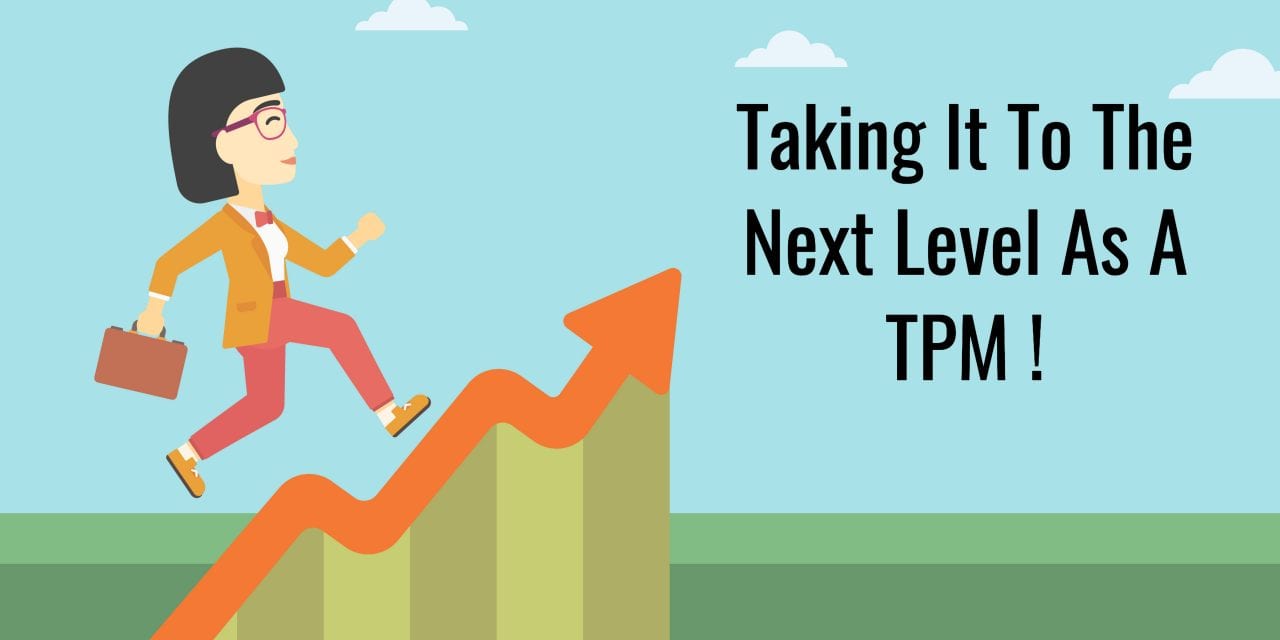
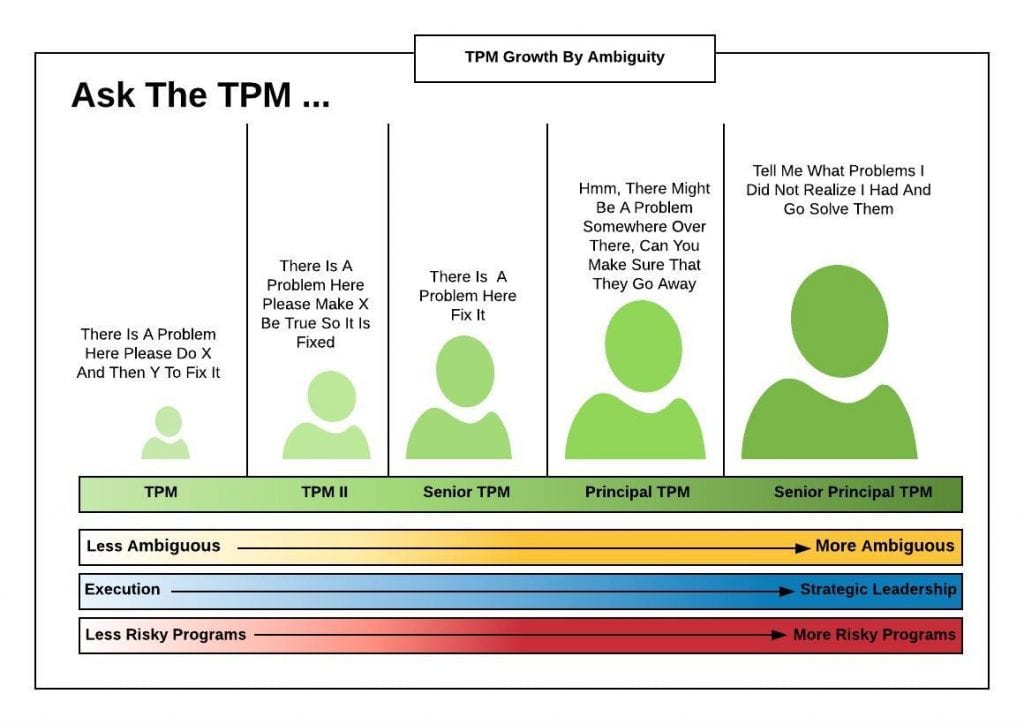
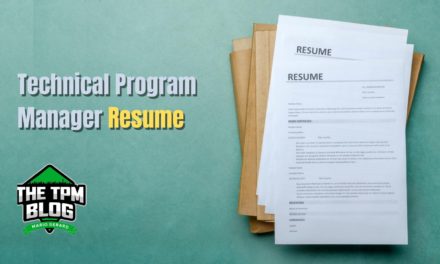
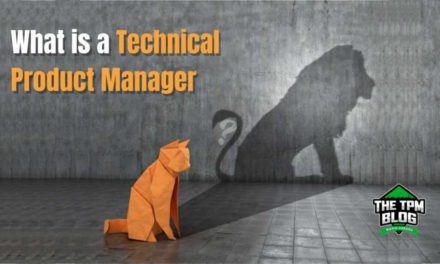






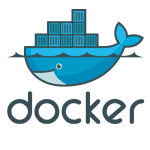
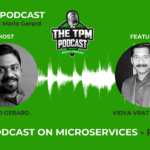
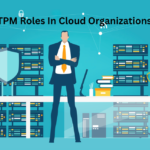
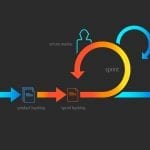




Great example, thank you so much for taking the time and posting this article.
Hi Mario,
I have followed your posts for last 5 odd years (when I switched to a TPM role from a SDM role) and always found your writing to be grounded, reflective and insightful.
I have a couple of requests (food for thought for bubbling up earlier posts in linkedin)
1: It would be great to know the flavors of TPM roles as it plays out in FAANG (similarities and differences in role definition and expectations)
2: A insight into mental models of TPM that have followed different paths (from engineering vs. from business)
I will keep my radar tuned to your posts.
Cheers,
~Himanshu
I will keep